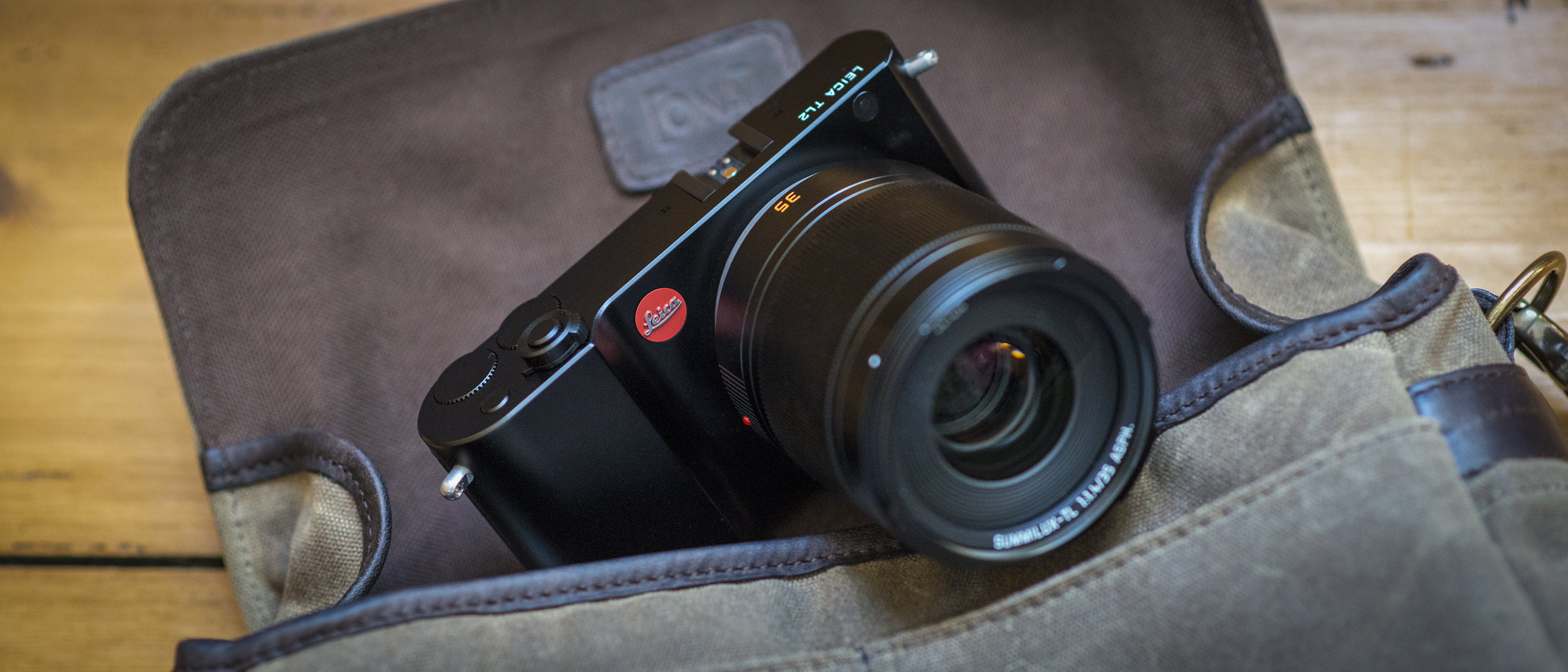TechRadar Verdict
The Leica TL2 is certainly not without its charms. It's beautifully made, the large and bright touchscreen is one of the best we've used on a camera, and images from the 24.3MP APS-C sensor are very good (provided you shoot in raw). However, it just doesn't offer the wealth of features we'd hope to see on a camera demanding this kind of money.
Pros
- +
Stunning touchscreen
- +
Excellent raw image quality
- +
Premium finish
Cons
- -
High price
- -
Poor battery life
- -
No IS for still images
- -
No built-in EVF
Why you can trust TechRadar
Leica hopes to appeal to a new generation of photographer with the Leica TL2. Shunning more traditional body-mounted controls in favor of a large touchscreen interface as on the original T and TL, the TL2, like its predecessors, is rather at odds with brand's rich heritage, with its renowned film and digital cameras having been used by some of the world's greatest photographers.
But with a price tag that would make some full-frame cameras blush (and that's before we've talked about the cost of the lenses), the question is whether the TL2 is a prime example of style of substance, or a camera that does justice to the Leica legacy.
Features
- APS-C CMOS sensor, 24.3MP
- 3.7-inch touchscreen, 1,300,000 dots
- 4K video capture
The Leica TL's 16.3MP APS-C sensor was starting to look a little dated compared to both mirrorless and DSLR rivals, so it's no surprise to see the updated TL2 fall into line with the competition and feature a new 24.3MP APS-C sensor.
However, there's no built-in image stabilization featured in either the camera or the available lenses, so it's just as well the TL2 offers a pretty broad sensitivity range that runs from ISO100 to a ceiling of ISO50,000.
While there's no built-in viewfinder (there's an optional Visoflex electronic viewfinder that slots into the hotshoe) it features one of the largest, if not the largest, touchscreens available on a camera. The 3.7-inch display sports a resolution of 1,300,000 dots.
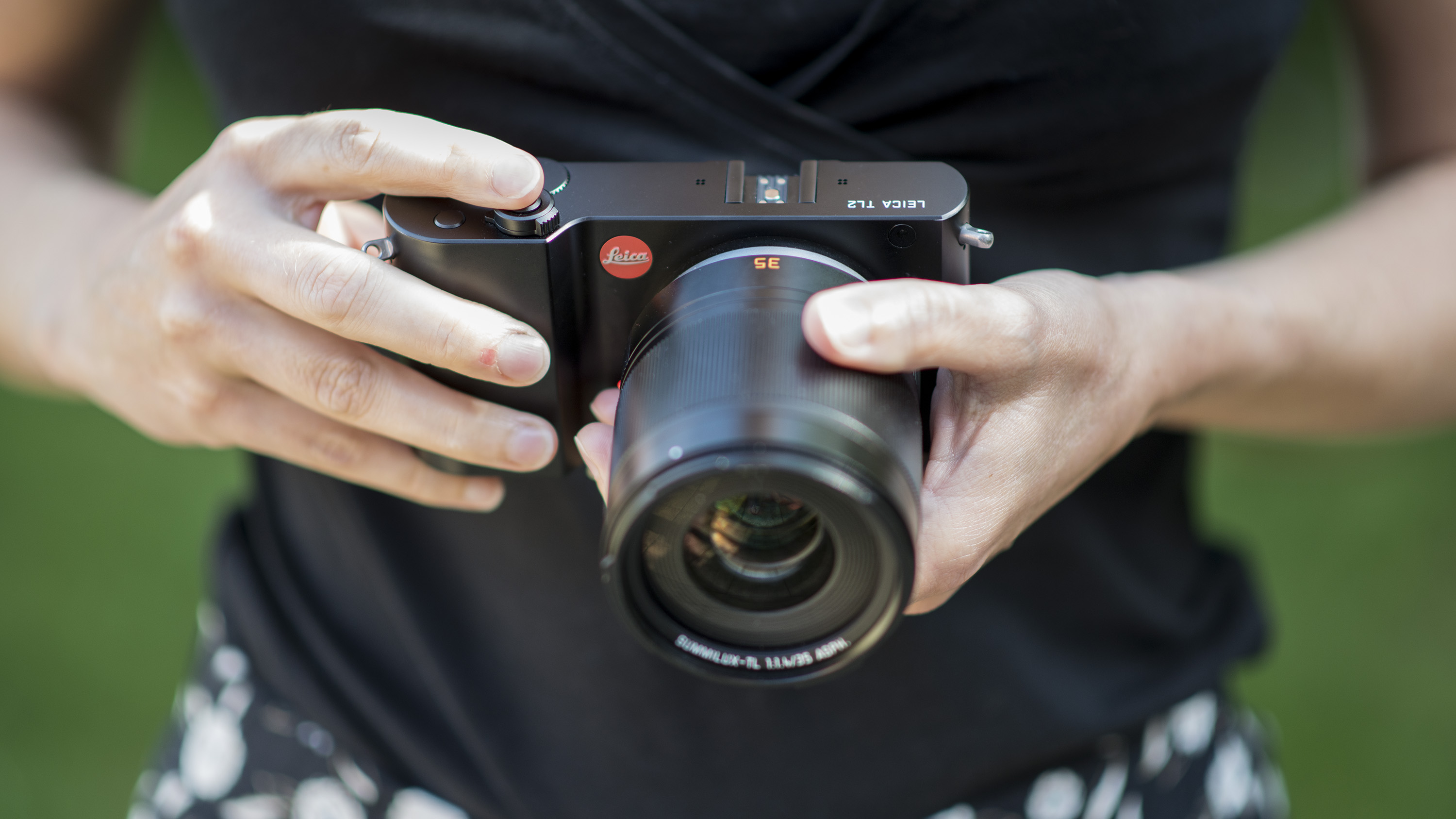
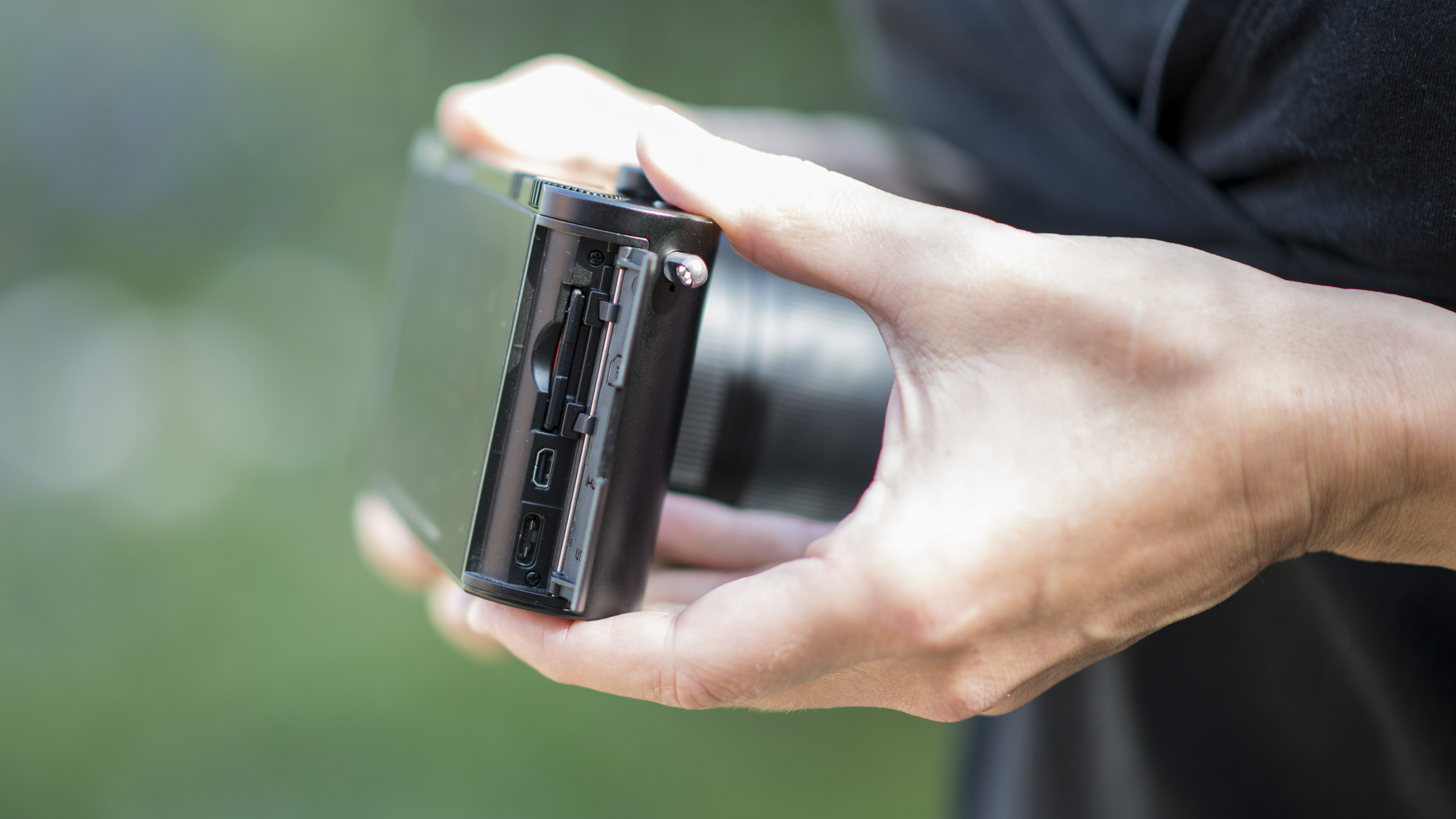
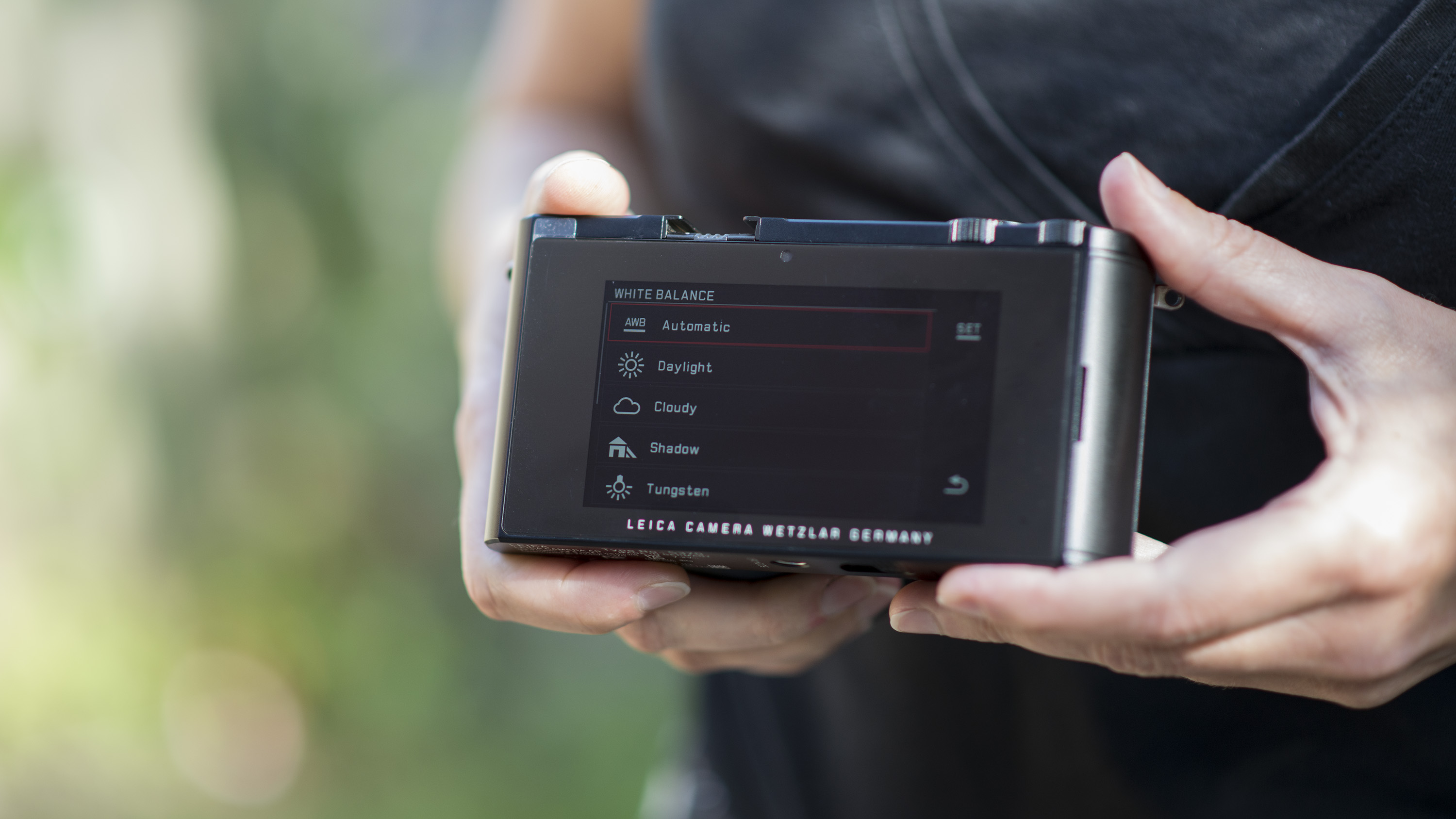
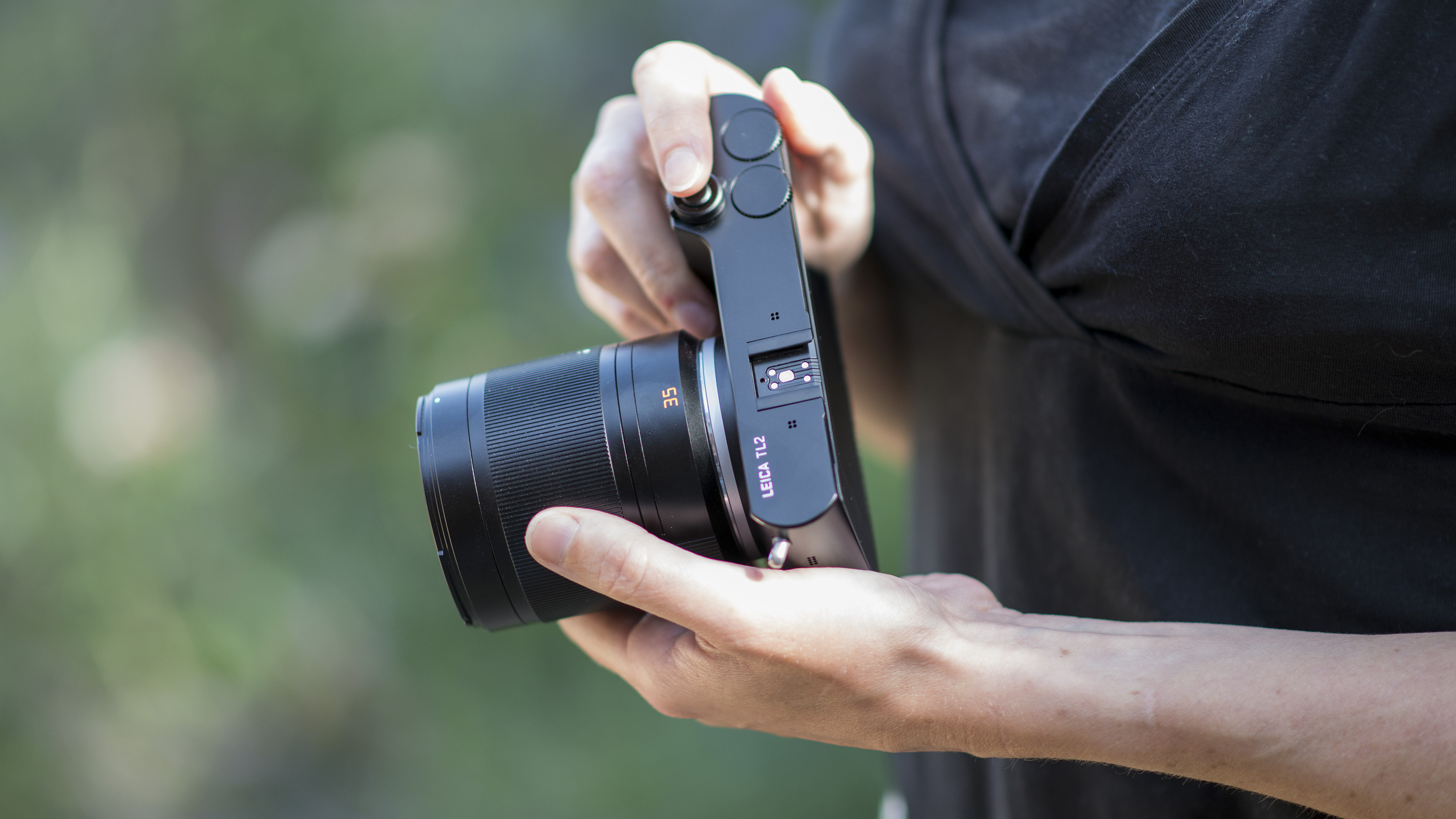
While there's a dedicated SD card slot, the camera has its own 32GB internal memory (good enough for about 400 RAW+JPEG shots), with images transferred to your computer via USB-C, or if you prefer, via SD card.
The TL2 also offers quick transfer of images to your smartphone or tablet for sharing via the Leica TL app, which also gives you access to a host of the TL2's functions; among other things you can use your phone or tablet as a remote viewfinder, through which you can change parameters such as shutter speed and aperture.
Sign up for breaking news, reviews, opinion, top tech deals, and more.
As for lenses, there are currently six TL-mount optics available
Leica hasn't forgotten about those wanting to shoot movies. The TL2 is capable of shooting 4K video at 3840 x 2160 resolution and 30fps and 1080p footage at 60fps, while if you want to shoot some slow-mo video the TL2 has a 120fps slow-motion mode at 720p. You'll have to rely in the built-in microphone for sound though, as there's no microphone port, but there is electronic image stabilization to reduce shake in footage when handholding the camera.
As for lenses, there are currently six TL-mount optics available: 23mm f/2, 35mm f/1.4, 60mm f/2.8 macro, 11-23mm f/3.5-4, 18-56mm f/3.5-5.6 and 55-130mm f/3.5-4.5, while you can also attach Leica's extensive range of M-mount lenses to the TL2 via an adapter (which will set you back £300 / $395 / AU$519) if that selection sounds a little limiting.

Phil Hall is an experienced writer and editor having worked on some of the largest photography magazines in the UK, and now edit the photography channel of TechRadar, the UK's biggest tech website and one of the largest in the world. He has also worked on numerous commercial projects, including working with manufacturers like Nikon and Fujifilm on bespoke printed and online camera guides, as well as writing technique blogs and copy for the John Lewis Technology guide.
